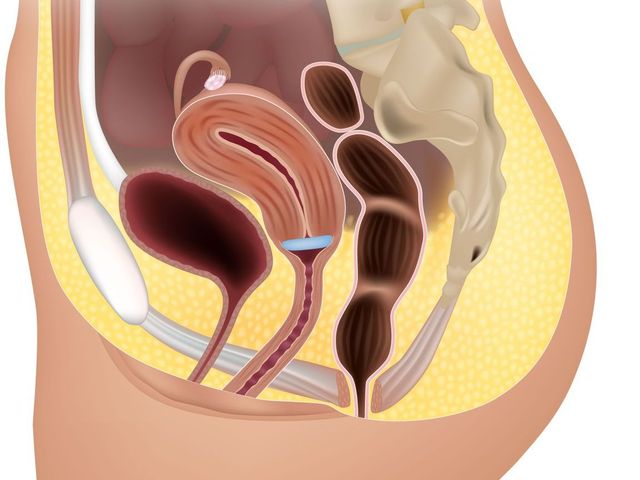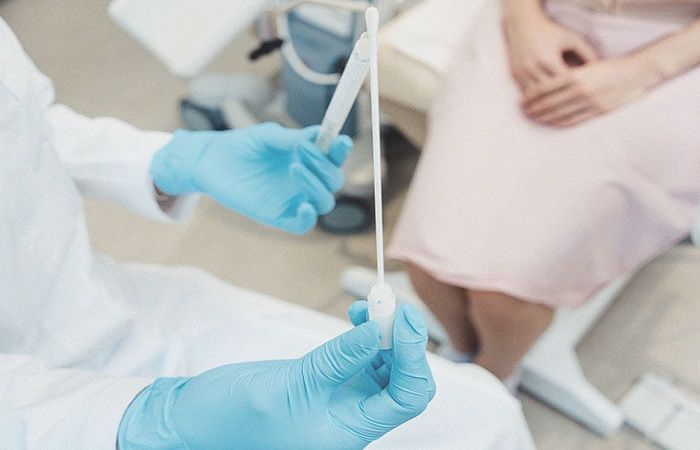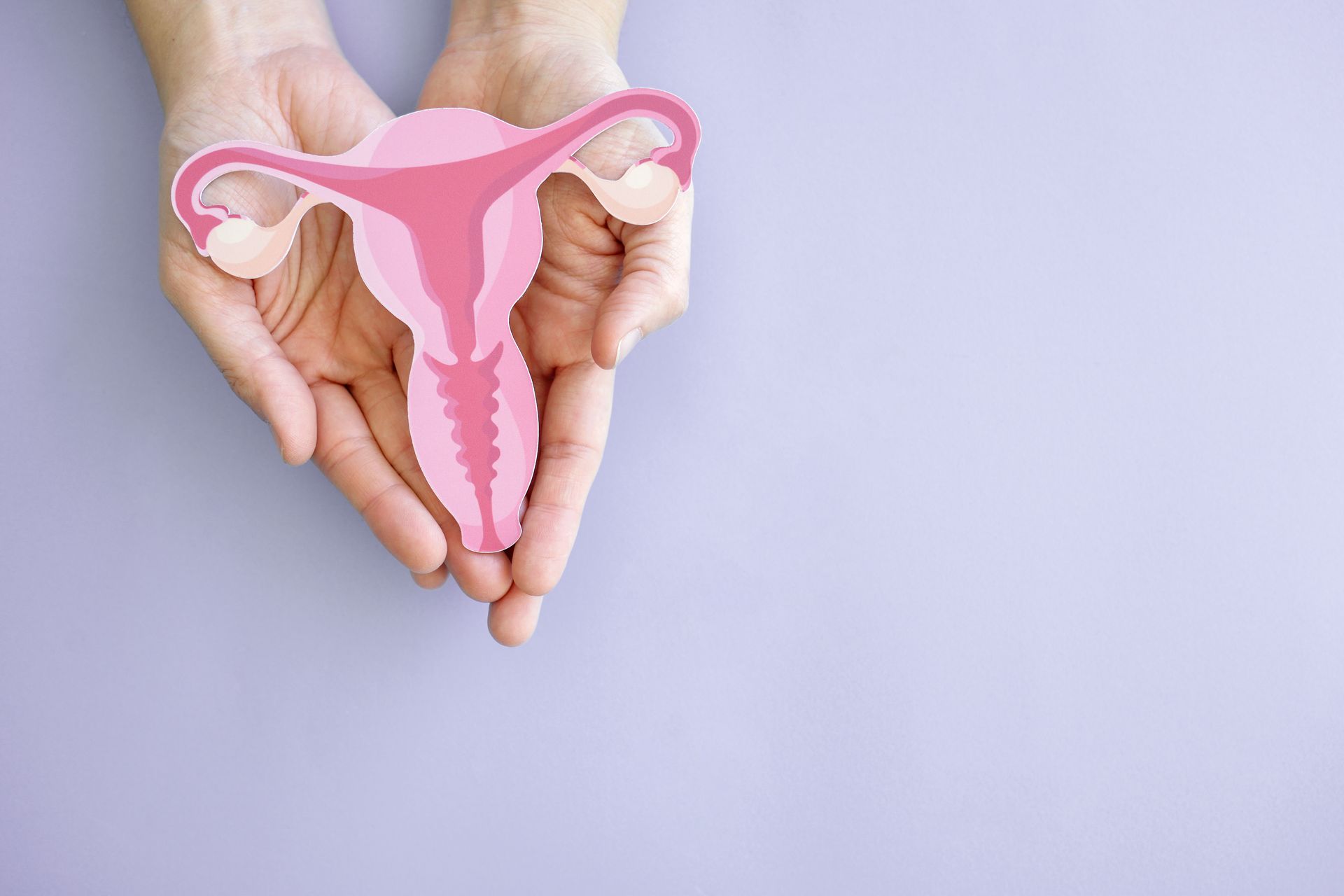Dr. Rodolfo Gordigiani
Gynaecological examinations in Florence
THE GYNAECOLOGICAL EXAMINATION
First Gynaecological Examination
The gynaecological examination should be conducted periodically and at all ages. It is indeed a fundamental preventive action, aimed at safeguarding future well-being, but also and above all, at identifying any issues promptly.
At the Centres in Florence and Empoli, through the minimally invasive approach of gynaecological endoscopy, he has been helping adolescent, fertile, or menopausal women for years to take care of themselves throughout their lives.
At his clinics in Florence and Empoli, Dr. Gordigiani offers a range of services aimed at the timely diagnosis and treatment of all conditions affecting the female reproductive system. Specifically, you can turn to our centre for gynaecological examinations, Pap tests, colposcopy, obstetric and gynaecological ultrasounds. As part of the gynaecological examination, Dr. Gordigiani also offers personalised consultations (including for adolescent issues) and provides prescriptions for contraceptives.
Lastly, being particularly specialised in the field of gynaecological endoscopy, he discusses with his patients, if necessary, the pathway for any surgical interventions for both benign and malignant conditions, via laparoscopic, laparotomic, or vaginal approaches. He also takes care of monitoring women during pregnancy with cyclical check-ups, as well as providing postpartum assistance with a plan of scheduled gynaecological visits.
Do not hesitate to contact our clinic to book a check-up or to request more information about outpatient and gynaecological endoscopy services.
Reception and information
Your first gynaecological appointment is an important step in taking care of your health. At our clinic, we offer you a warm welcome and a comfortable environment in which to discuss your concerns and health goals.
During your first visit, Dr. Rodolfo Gordigiani and his team will provide you with detailed information about the treatment options available and answer all your questions.
ColposcopY
At our clinic, we offer thorough gynaecological examinations. We use cutting-edge technologies such as colposcopy and obstetric-gynaecological ultrasound for accurate diagnosis.
Cancer prevention is at the forefront of our attention, along with menopause counselling for comprehensive well-being.
THE COLPOSCOPIC INVESTIGATION
The colposcopic examination is now understood as an exploration at different magnifications, before and after the application of reagents, of the entire lower genital tract, namely cervical colposcopy and fornix, vaginal colposcopy, vulvoscopy, and perineoscopy.
Colposcopic Examination Technique
• The examination begins with the direct exploration of the external genitals.
• A vaginal speculum is chosen based on the woman's parity and inserted without any prior vaginal exploration.
• An initial direct observation is made with the colposcope to assess general characteristics, shape, size, any cervical lacerations, characteristics of the vaginal fornices, cervical mucus, and vaginal contents.
• Direct colposcopic examination is useful for observing the blood capillary network with a green filter, preferably after cleansing the cervix with saline solution.
• The fourth step involves a second colposcopic observation after cleansing the cervix and vaginal fornices with a 5% acetic acid aqueous solution.
• After this observation, a targeted biopsy of the suspicious lesion is performed under colposcopic guidance.
• The Schiller's test with Lugol's solution constitutes the final stage of the colposcopic examination.
• Removal of the speculum.
• Vulvoscopy is performed. Initially, a direct observation is made, then the vulva is moistened with a 5% acetic acid aqueous solution for an extended period (1/2 minutes), especially at the inner surface of the labia minora and vaginal introitus.
Diagnostic assessment times
1. Medical history
2. Clinical assessment of the external genitals
3. Introduction of the vaginal speculum
4. Sample collection for bacteriological examination
5. Endocervical sampling with a Cytobrush or cotton swab
6. Exocervical sampling using an Ayre spatula
7. First colposcopic observation with a saline solution, and after physiological solution
8. Second colposcopic observation, after application of a 5% acetic acid aqueous solution
9. Possible targeted exocervical and/or endocervical biopsy
10. Schiller's test and third colposcopic observation
11. Vaginoscopy with acetic acid and Schiller's test
12. Possible targeted vaginal biopsy
13. Vulvoscopy and perineoscopy
14. Possible targeted vulval and/or perineal biopsy
Colposcopy with Biopsy
The colposcopic examination is essential for detecting alterations not visible to the naked eye in the lower genital tract. It is a painless exploration, at different magnifications, conducted before and after the application of specific reagents, of the entire lower genital tract, namely cervical colposcopy and fornices, vaginal colposcopy, vulvoscopy, and perineoscopy. During the colposcopy procedure, it is possible to identify lesions that require further histological investigations. Therefore, it is essential to take a tissue sample with biopsy forceps and send it to the laboratory. Histological analysis can be valuable for diagnosing benign or malignant tumours that may affect the uterine cervix. Colposcopy with biopsy is recommended for all women with abnormal Pap test results and for those experiencing suspicious symptoms of cervical neoplasia. This procedure is not recommended for pregnant women and should be carefully considered during menstruation. Specific preparation for colposcopy with biopsy is not required, it does not involve the use of anaesthesia, and it is generally free of adverse side effects. The result of colposcopy with biopsy is considered negative if the analysed cell sample shows no significant abnormalities. Conversely, it is considered positive if the cells analysed in the sample exhibit neoplastic characteristics, both benign and malignant.
Laser Surgery Guided by Colposcopy
The increasing interest in the use of CO2 laser has encouraged, in recent years, research on accessory instrumentation until the coupling of the laser arm to a microscope or colposcope was devised. The laser beam control system was carried out using a micromanipulator. It consists of a metal ring and a mirror that reflects the laser beam, manoeuvrable via joystick. This system allows directing the laser beam under direct colposcopic control. The beam can also be more or less focused, depending on the surgeon's needs, using a mechanical system located at the joint arm screw. This system can be adapted to any type of colposcope or microscope. The use of the more or less focused laser beam has paved the way for a new type of minimally invasive surgery that has allowed, over time, to make all interventions on lower genital tract pathologies ambulatory procedures with or without the use of local anaesthetics.
The main conditions treated
The main pathologies in which the technique of operative colposcopy is employed are:
• Conisations
• Remodelling of OUE in case of infertility due to cervical cause
• Vestibulectomy
• Resection of vaginal septa
• Drainage and cauterisation of vaginal cysts
• Excision of suspicious lesions in the vulvar area
• Enlargement of the vaginal orifice in case of strictures (post-inflammatory or postpartum)
• Treatment of Bartholin's gland cysts
• Treatment of condylomas in any area of the lower genital tract
• Excision of hamartomas at any level, both vulvar and inguinal.
ultrasound
Ultrasound is a potent diagnostic tool that allows for a detailed and thorough examination of your gynaecological health. Utilising the latest technologies and advanced equipment, Dr. Gordigiani performs ultrasounds with precision and accuracy, providing you with a clear and comprehensive perspective on your condition.
Gynaecological and Obstetric Ultrasounds
In his practice, Dr. Rodolfo Gordigiani offers a range of services aimed at the prompt diagnosis and treatment of all diseases concerning the female reproductive system. Among these services, first and second-level gynaecological ultrasounds and first and third-trimester obstetric ultrasounds, performed with high-quality equipment, play a particularly important role.
pap test
The Papanicolaou test is a preventive check for the identification of abnormal cells on the uterine cervix, recommended annually.
VULVOSCOPY
With biopsy if necessary
It is a gynaecological diagnostic examination of the second level, which confirms or excludes the presence of diseases of the vulva and contributes to establishing an appropriate therapeutic path even in infectious, inflammatory, neoplastic, or degenerative vulvar forms that are difficult to classify pathologically. The main indications for performing the examination are vulvar itching/burning, lesions, ulcers, early diagnosis of preneoplastic and neoplastic vulvar pathology.
Removal of vulval lesions
This involves the surgical removal of certain anomalies and/or abnormal growths located on the vulva, performed using laser or diathermy coagulation, under local anaesthesia.

Insertion and removal of subcutaneous contraceptive
It is a long-acting subcutaneous hormonal contraception method, 4 cm in length, which is placed in the subcutaneous tissue of the forearm in an outpatient setting and must be renewed every three years.

Insertion and removal of pessary
It is a device placed inside the vagina to support its internal architecture, used in the presence of bladder prolapse and/or uterine prolapse. It can be an effective solution to avoid surgery. It must be changed every 3 months to prevent possible vaginal injuries and infections.
ENDOMETRIAL TISSUE SAMPLING
The examination is indicated for the histological diagnosis of abnormal uterine bleeding in perimenopausal and menopausal women, endometrial thickening, and endometrial polyps. The tissue sample is obtained by aspiration of the mucosa lining the inside of the uterine cavity (endometrium).
PENISCOPY
With biopsy
It is a diagnostic examination useful as screening for genital lesions in men, performed through an instrument called a colposcope, and its main application is in detecting HPV infection and other related diseases.
It also allows the diagnosis of other conditions such as molluscum contagiosum; angiokeratomas; pearly penile papules; candidiasis; venereal and non-venereal balanitis; Zoon's balanitis; scabies; genital psoriasis; genital eczema; lichen.
COIL
Insertion and removal of intrauterine coil device
The coil is a contraceptive that prevents the fertilisation of the egg with a barrier and/or hormonal mechanism, or the implantation of the egg in the endometrial mucosa made unsuitable by the coil (aseptic irritant mechanism).
ONCOLOGICAL PREVENTION
Prevention and early diagnosis are fundamental in treating gynaecological cancer. Dr. Gordigiani and his team offer comprehensive and up-to-date gynaecological oncology exams to detect any signs of tumours early and plan timely and targeted treatment.
Each patient is unique and deserves personalised treatment for gynaecological cancer. Using the latest gynaecological oncology therapies, such as chemotherapy and radiotherapy, Dr. Rodolfo Gordigiani develops individual care plans to address your gynaecological tumour with precision and efficacy. Oncological pain can be debilitating and affect your quality of life.
At our clinic, we are committed to providing you with supportive and targeted gynaecological oncology therapies to manage your pain in a compassionate and respectful manner.
GYNAECOLOGICAL PATHOLOGIES
Gynaecological pathologies:
If you're struggling with gynaecological conditions such as endometriosis, uterine fibroids, or ovarian cysts, we understand how stressful and bewildering it can be. At the practice of Dr. Rodolfo Gordigiani, we offer a full range of services to diagnose and treat these conditions with care and expertise.
Endometriosis:
Endometriosis can cause debilitating pain and interfere with your quality of life. At our clinic, we are committed to offering advanced treatments to manage and reduce the pain associated with this condition. With a personalized approach and careful attention to detail, Dr. Rodolfo Gordigiani is here to help you live a pain-free life.
Uterine fibroids:
Uterine fibroids can cause bleeding and pain, but you don't have to face them alone. With extensive experience in treating uterine fibroids, Dr. Gordigiani offers effective solutions to address this condition safely and reliably.
Ovarian cysts:
Ovarian cysts can be a common issue for many women, but it's important to address them with the right care. At our clinic, we use advanced diagnostic techniques to identify ovarian cysts and offer appropriate treatments to manage them and reduce the risk of complications.
Pelvic Pain and Anomalous Spotting:
Pelvic pain and abnormal spotting can be symptoms of various gynaecological conditions, but you don't have to face them alone. Dr. Rodolfo Gordigiani offers accurate diagnosis and targeted treatments to address these issues and restore your well-being.
Menopause and Associated Symptoms:
The menopause can bring a range of symptoms, including hot flushes, vaginal dryness, and abnormal bleeding. With our expert support, you can navigate menopause with confidence, knowing you have access to tailored care and treatments to manage the symptoms.
Infertility and menstrual disorders:
Infertility and menstrual disorders can be a source of stress and concern, but there are treatment options available. Dr. Rodolfo Gordigiani offers a personalized approach to explore treatment options and help you achieve your reproductive goals.
Vaginal Infections and Other Conditions:
Vaginal infections and other gynaecological conditions can cause discomfort and distress, but it's important to address them with effective and respectful treatments. At our clinic, we offer targeted care to address these conditions and restore your comfort and well-being.
Vaginismus and Menstrual Irregularities:
Vaginismus and menstrual irregularities can be sources of discomfort and embarrassment, but you don't have to face them alone. Our dedicated team is here to offer you support and appropriate treatments to address these conditions and improve your quality of life.
Painful menstruation and abnormal bleeding:
Painful menstruation and abnormal bleeding can interfere with your daily life, but there are solutions available. With accurate diagnosis and targeted treatments, Dr. Rodolfo Gordigiani is here to help you find solutions to address these issues and live a happier, healthier life.
Competent Support for Gynaecological Health:
If you're struggling with a gynaecological condition or have questions about your health, don't hesitate to contact us. Our dedicated team is here to offer you competent support and personalised solutions to address your concerns.
Contact us today to book a consultation with Dr. Rodolfo Gordigiani and start your journey towards better gynaecological health.
VAT No. 07253710482

















